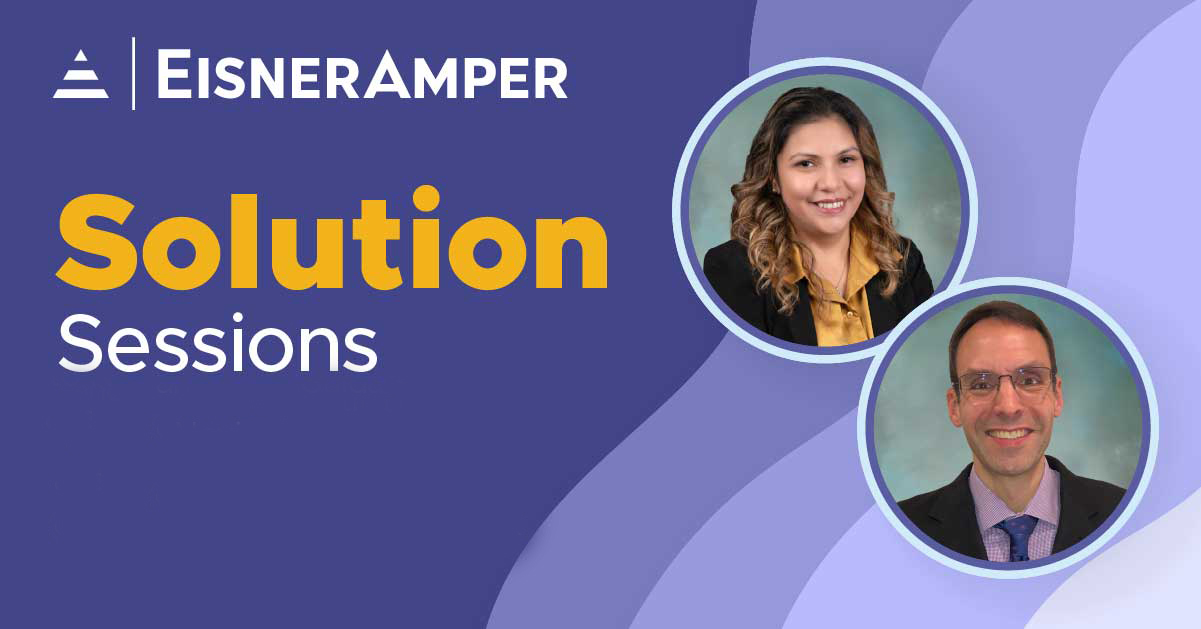
Is New York’s Optional Payroll Tax Workaround Right for Your Business?
- Published
- Jul 27, 2018
- Share
In April 2018, New York became the first state to enact legislation specifically designed as a “workaround” to the new $10,000 limitation on state and local taxes (“SALT”) enacted as part of federal tax reform. As a component of the 2018-2019 New York Budget (S7509-C/A9509-C), New York enacted a new optional payroll tax referred to as the Employer Compensation Expense Tax (“ECET”). This workaround was part of a series of responses by New York specifically aimed at protecting New Yorkers from the impact of the SALT cap. New York has also enacted a charitable contribution workaround, decoupled from certain changes to the federal itemized deductions, and has proposed a New York State Unincorporated Business Tax. In addition, New York has joined New Jersey, Connecticut and Maryland in filing a lawsuit against the Internal Revenue Service regarding the SALT cap. The intention of each of these programs is to shift the state tax burden from the individual (which would be subject to the cap) to either a charitable deduction or to a business entity. New York recently issued guidance regarding the ECET, which is included in the discussion below (see Employer Compensation Expense Program, TSB-M-18(1)ECEP, July 3, 2018).
How the ECET Works
First, an employer that elects into the program pays the ECET tax on the New York payroll expense of employees in excess of $40,000. The tax rate is 1.5% for 2019, 3% for 2020 and 5% for 2021 and thereafter. The employer is expressly precluded from deducting or withholding the amount of ECET paid from the employee’s wages. The employee is entitled to a personal income tax credit based on the amount of ECET paid on behalf of the employee.
The election to participate in the program must be made on December 1 for the following year. The ECET is paid electronically on the same dates as the employer’s withholding tax payments (i.e., quarterly on April 30, July 31, October 31, and January 31). Employers will be subject to the usual late filing, late payment and failure to file penalties with respect to the ECET.
To illustrate the ECET, if an employee earns $120,000 of New York wages annually, the quarterly wages would be $30,000. The first $30,000 of wages are not subject to the ECET. On the second quarter, the first $10,000 is not subject to the ECET. The next $20,000 of wages (once the $40,000 threshold is met) are subject to the ECET at the 2019 rate of 1.5% ($300). For the third and fourth quarters, the tax is $450 each quarter ($30,000 times 1.5% rate). The employee will be entitled to a credit based on the ECET paid on the employee’s behalf. As a result, the employer will have additional expenses equal to the ECET paid for the year while the employee will be entitled to a credit based on the ECET paid by the employer (see TSB-M-18(1)ECEP for additional examples).
Considerations
It remains to be seen whether employers will opt into the ECET program. While New York employees would benefit from the program (e.g., bypassing the $10,000 SALT cap)), the employer will bear the additional costs associated with the ECET – and the law expressly does not allow such amounts to be deducted from the employee’s wages. The additional costs would also include additional quarterly filings, with the potential for the imposition of penalties. It also remains to be seen whether the ECET would be an effective “workaround” for federal income tax purposes. The IRS has issued a notice indicating its intention to question state workaround programs, specifically mentioning the charitable contribution programs (see IRS Notice 2018-54). An addition consideration is whether residents of states other New York would actually be hurt by this program as the resident state may not treat the ECET as a creditable income tax.
Contact EisnerAmper
If you have any questions, we'd like to hear from you.
Receive the latest business insights, analysis, and perspectives from EisnerAmper professionals.











